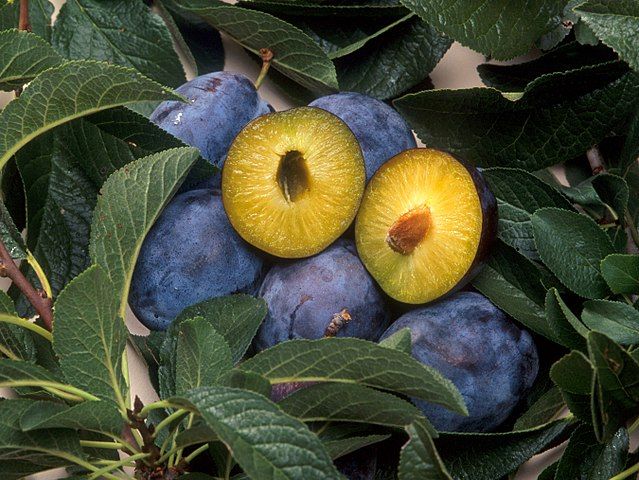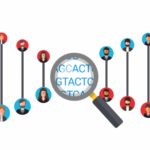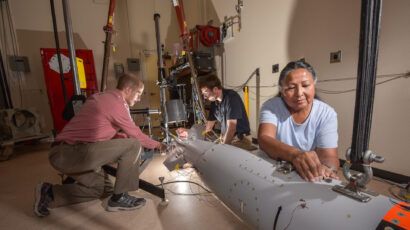What’s cooking for climate change? Techno-fixing dinner for 10 billion
By Pat Mooney | November 1, 2018
 Plum pox resistant plums, created by genetic engineering.
Plum pox resistant plums, created by genetic engineering.
The food demands of a growing and increasingly affluent world population are on a collision course with climate change. Agribusinesses and Silicon Valley startups alike are calling for high-tech solutions – such as gene editing, synthetic biology, and new artificial intelligence/Big Data applications – that could significantly change the world’s food systems. The long-term consequences of these technologies are largely unknown. While they could make farming and food processing more efficient, and make crops higher-yielding and more resilient in a changing climate, they also have the potential for dangerous impacts ranging from species extinction to soaring food insecurity. Getting it wrong could be disastrous. Policy makers and scientists enamored with high-tech farming should be paying equal attention to “wide tech” research strategies and information exchanges focused on the smallholder producers who grow the majority of the world’s food.
Together, we make the world safer.
The Bulletin elevates expert voices above the noise. But as an independent nonprofit organization, our operations depend on the support of readers like you. Help us continue to deliver quality journalism that holds leaders accountable. Your support of our work at any level is important. In return, we promise our coverage will be understandable, influential, vigilant, solution-oriented, and fair-minded. Together we can make a difference.















